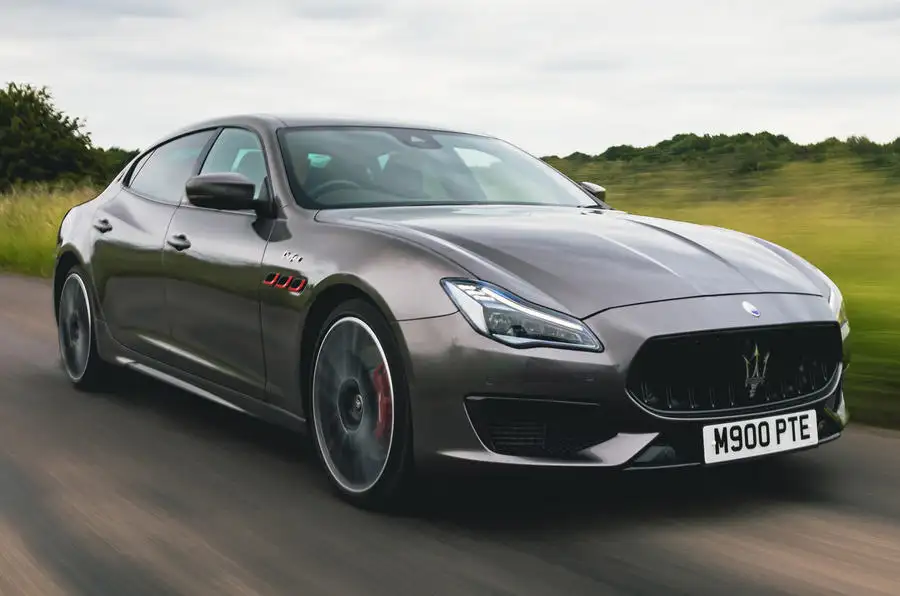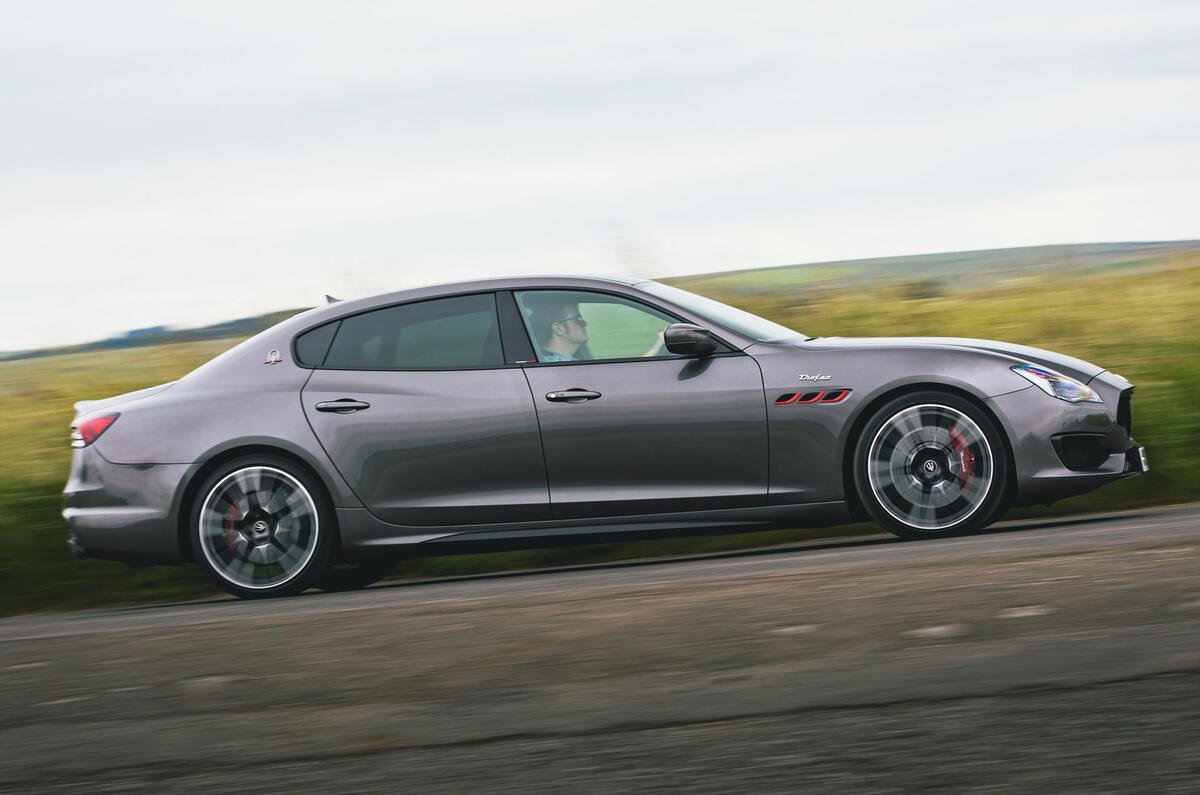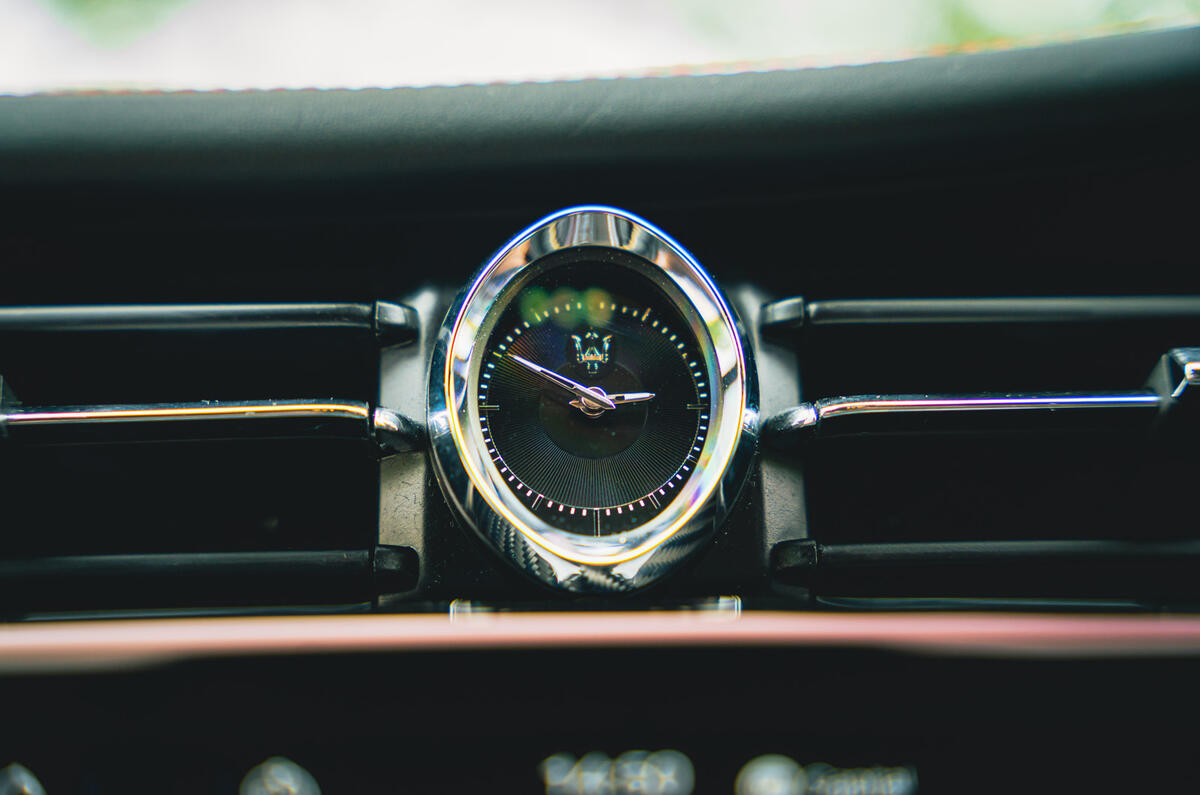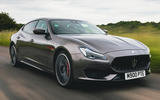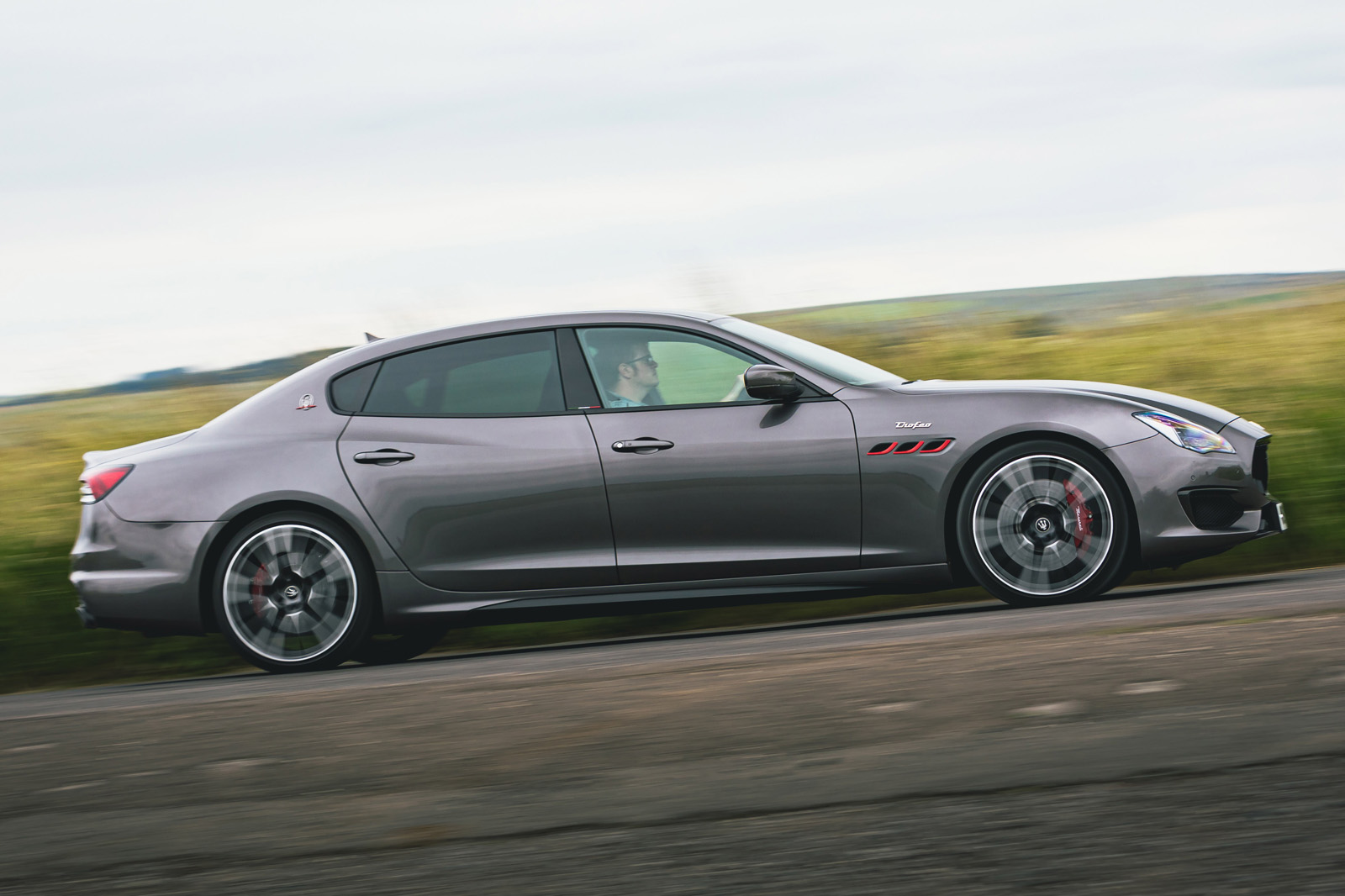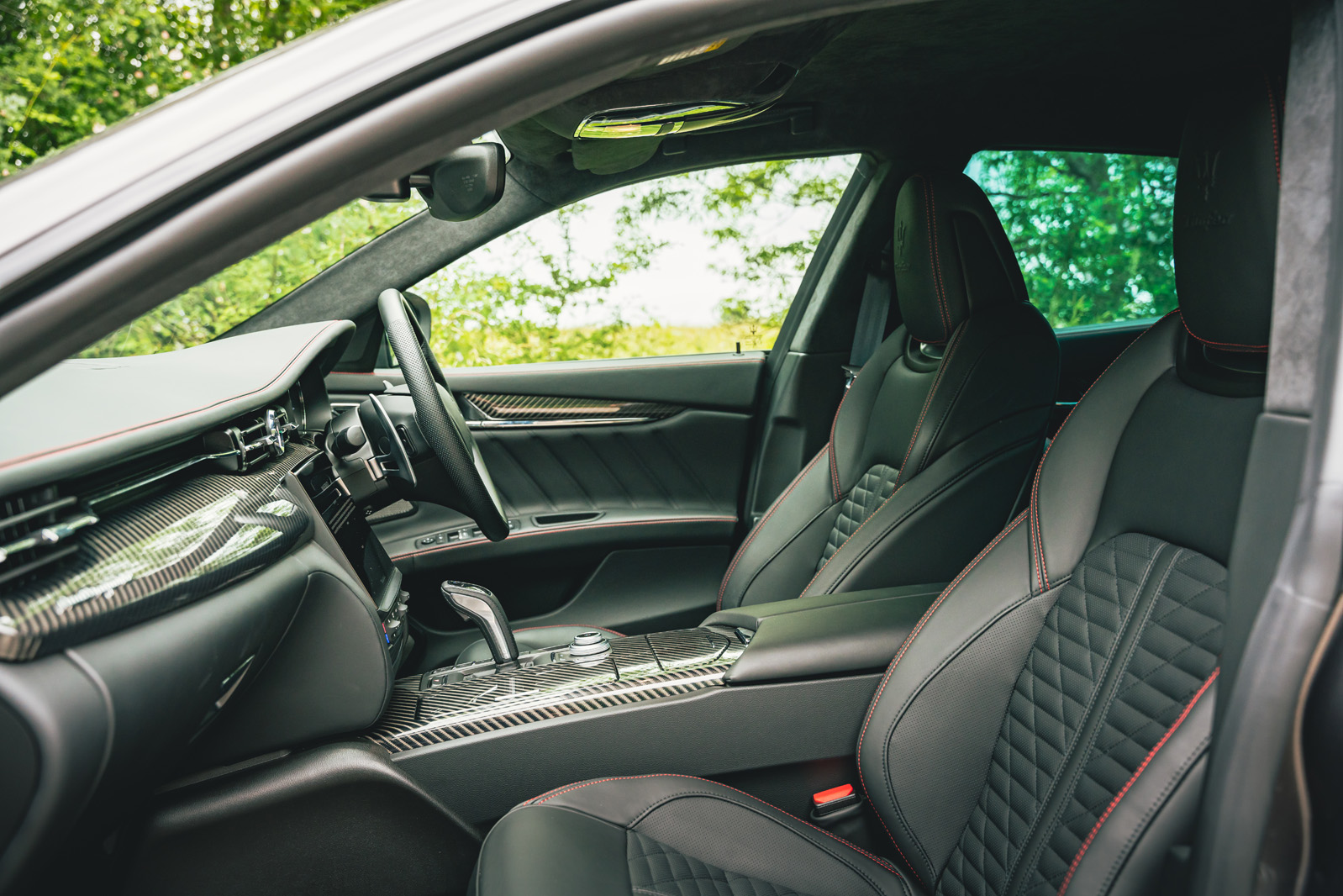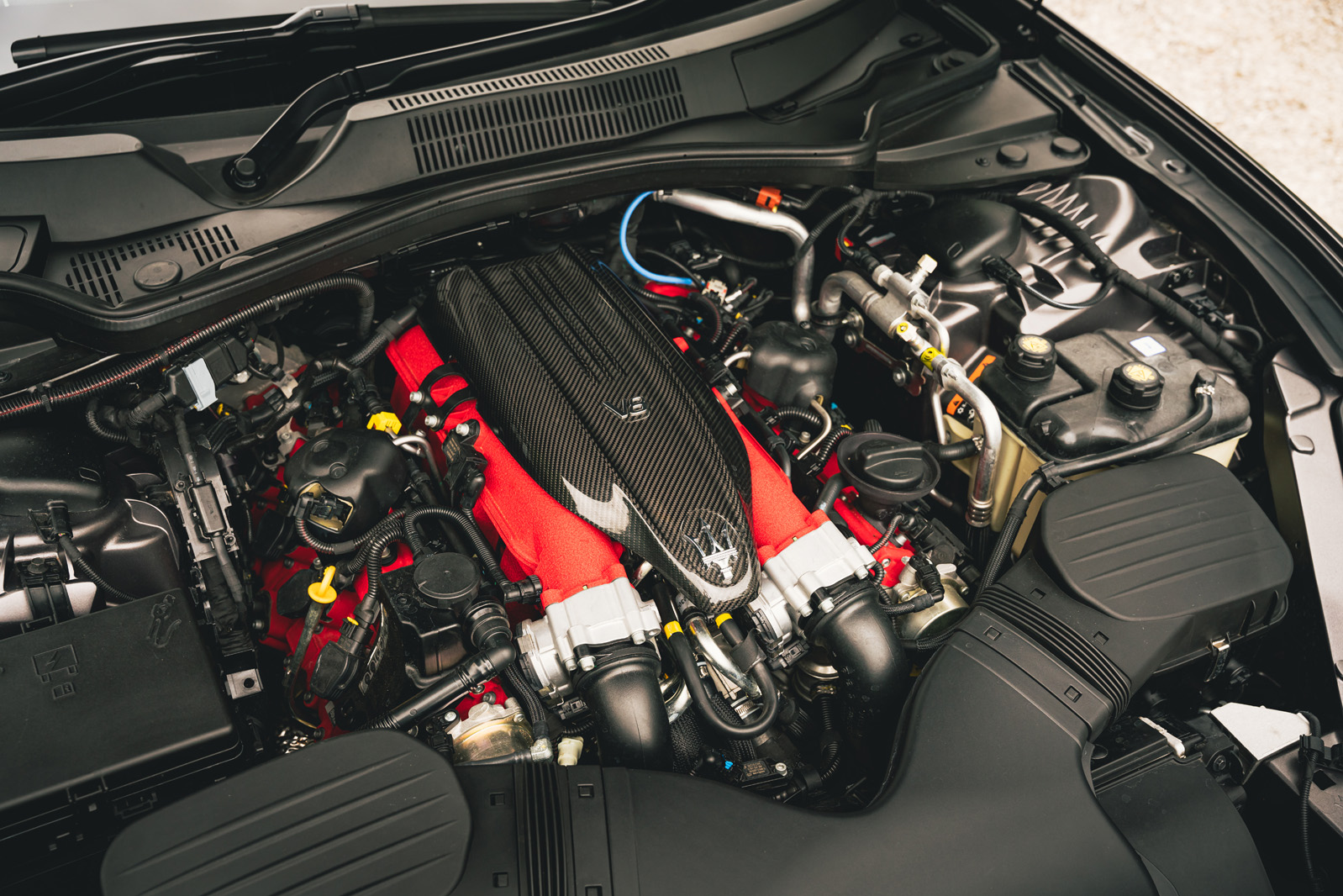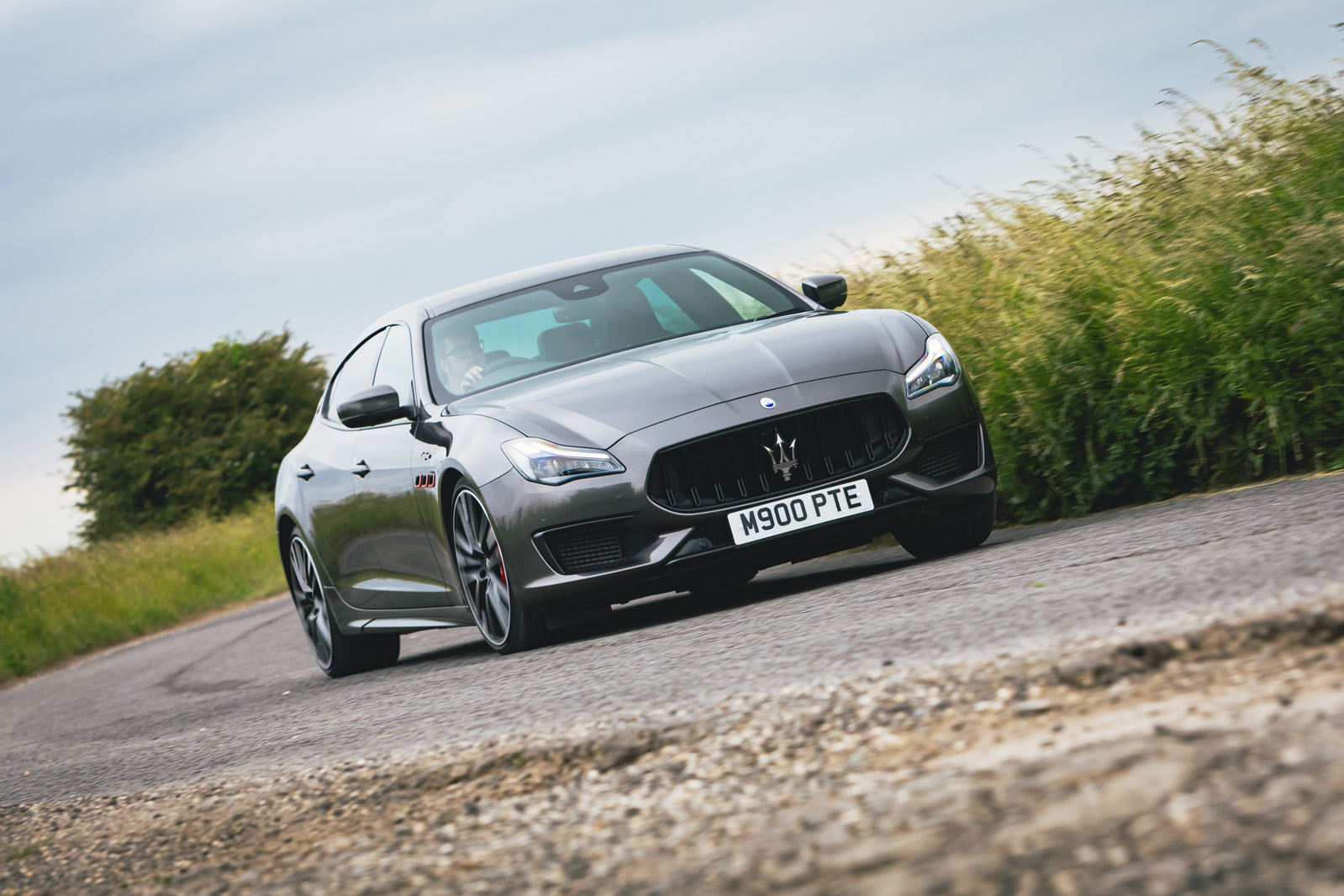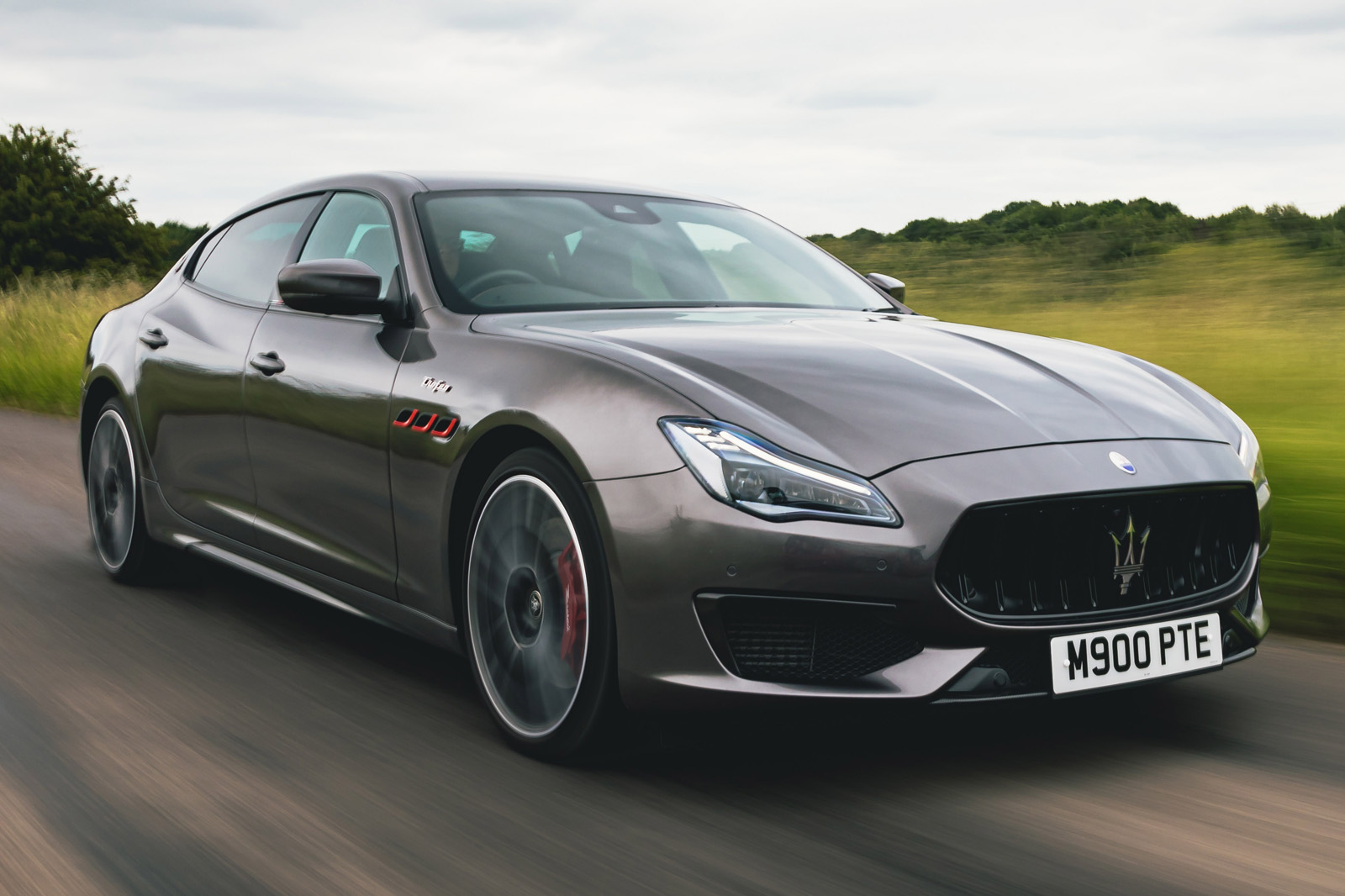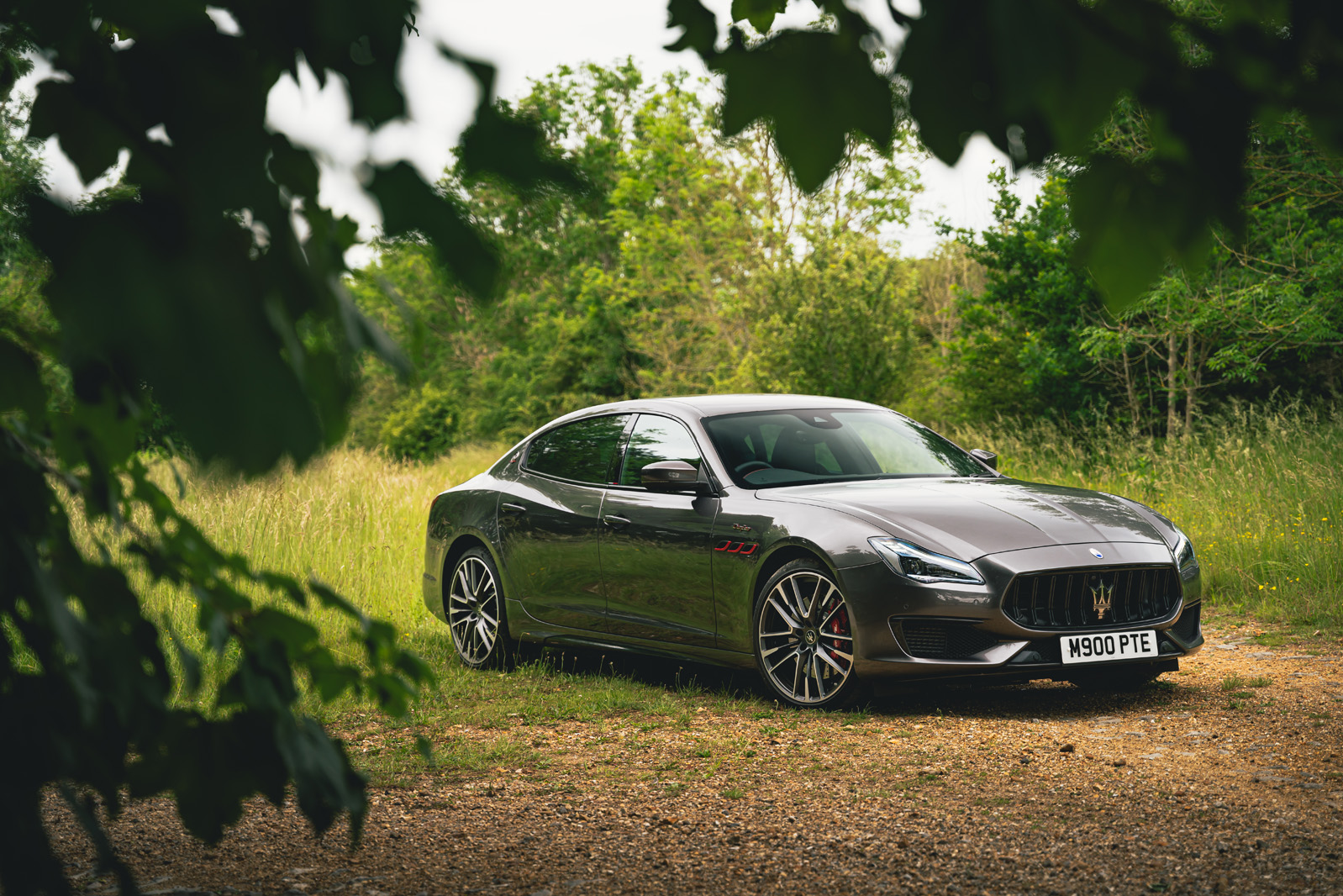Whether you’re seated in the front or back, this is a car in which almost anyone could stretch out in plenty of comfort. Taller adults won’t find rear head room that abundant, but in that respect the car isn’t unlike so many Mercedes-Benz S-Class-sized limousines. The boot is huge and, unlike in some full-sized luxury options, there are split folding seatbacks that, even though they don’t fold totally flat, permit you to carry longer loads.
However, when you sweep in behind the steering wheel, the wave of stylish material splendour you’ve been anticipating from this car never really hits home. The interior feels lavish and rich in some ways. Its leathers are smooth and soft and widely used, while the decorative lacquered carbonfibre trim on the fascia and transmission tunnel is quite appealing. But elsewhere, the cabin quality is conspicuously short of what you might reasonably expect of a near-£130,000 luxury car. The switches and secondary controls on the centre console and centre stack both look and feel plain and cheap, as do those on its steering wheel.
Reach out a hand for the chrome air vents high on the fascia and you will find flimsy, cheap-feeling fittings. Our test car had one or two unsecured fittings in the driver’s footwell, too, and some harsh, slightly sharp-edged plastic mouldings around its seat cushions. Besides failing to look and feel quite as special as you might expect of a high-end Italian luxury car, then, the Quattroporte also had some pretty clear quality problems.
A crooked driving position was probably our test car’s biggest failing. While the transmission tunnel spreads out as it proceeds towards the front bulkhead, so the routing of the steering column also seems somewhat diverted by the mechanicals packaged ahead of it. It’s likely to be a problem specific to right-hand-drive cars, of course, the ergonomic layout of which can’t be imagined to rank too highly among Maserati’s priorities. But while our car’s pedals were offset a good 50mm further right from the centre line of the driver’s seat than they ought to have been, its steering wheel was offset by 25mm to the left. It’s rare to find ergonomic failings so clear in any new car in 2021, but to find them in one priced like the Quattroporte Trofeo is hard to overlook.
Infotainment and sat-nav
The Quattroporte, Maserati Levante and Maserati Ghibli all received an updated touchscreen infotainment system called Maserati Intelligent Assistant for the 2021 model year. It works through a 10.1in screen that has good clarity and has Android-based operating software, which is pretty usable. You can skip between menus easily using shortcuts along the base of the screen and there’s also a small rotary input device on the transmission tunnel.
It’s disappointing the system hasn’t had a right-hand-drive reskin. Driver-specific functions, such as for the heated steering wheel, are displayed in the top left corner of the display when, for right-hand-drive convenience, they should be top right.
Visually, the system isn’t as neatly integrated into the surrounding fascia as it could be, looking a little bit ‘plonked’ onto the dashboard, but it works quite well. The navigation is fairly easy to programme and the mapping crisply displayed, and audio system quality (our car had the optional Bowers & Wilkins surround audio set-up) is powerful and clear. Wireless smartphone mirroring for Apple and Android is also included.


